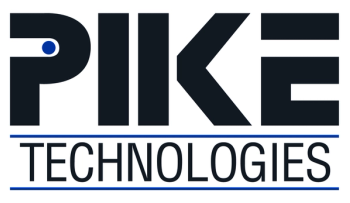
In general, many Raman measurements suffer from fluorescence, which forces the use of longer excitation wavelength (lower photon energy) lasers to prevent the fluorescence signal from overwhelming the Raman signal. However, this results in reduced sensitivity of low-cost silicon CCD detectors at higher wavenumbers, making it difficult (or impossible) to observe the “stretch” portion of the Raman spectra.






